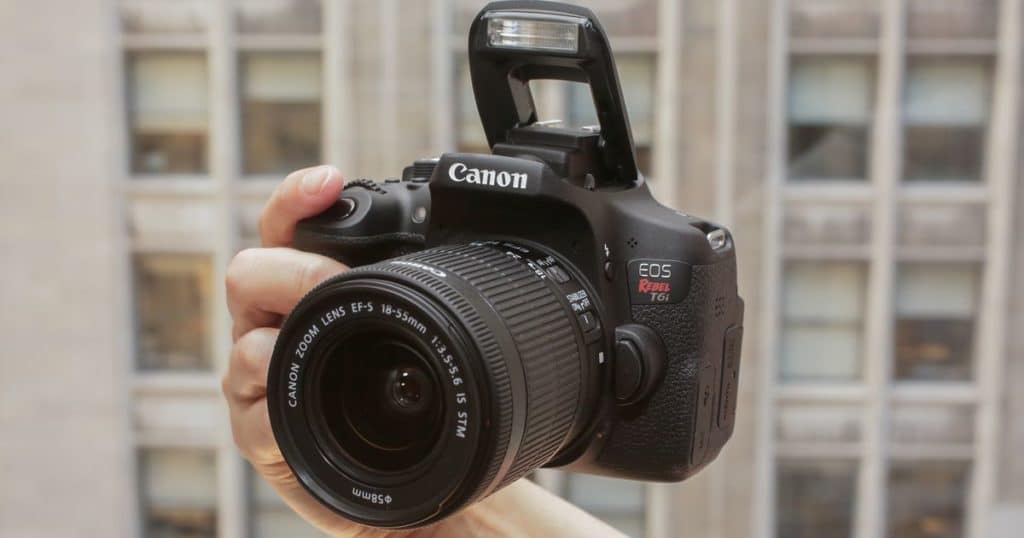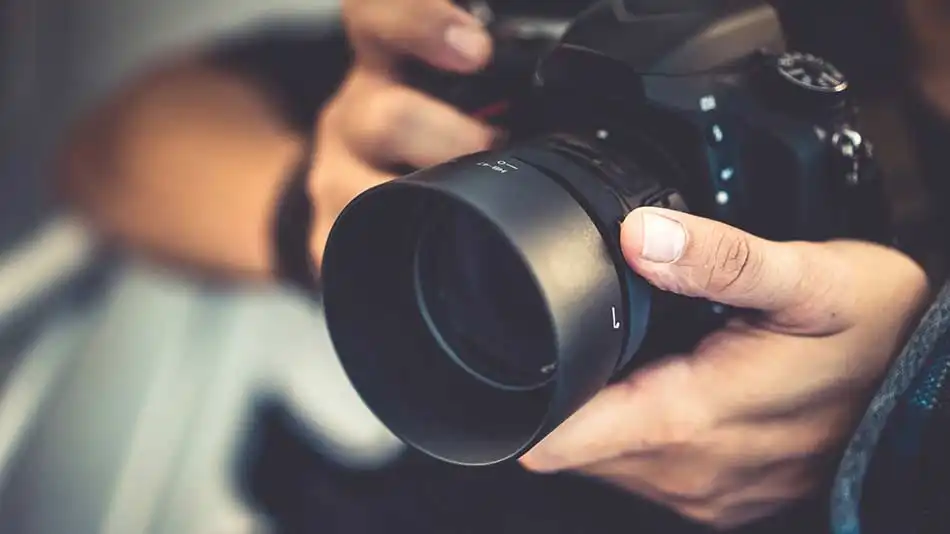Why is My DSLR Camera Blurry? Professional Tips for Sharp Photos
As a professional photographer, encountering blurry photos can be incredibly frustrating. You spend valuable time framing the perfect shot, setting the right aperture, and adjusting the lighting, only to find that your image lacks clarity. So, why is my DSLR camera blurry? Let's delve into the factors that might be compromising your image quality and explore solutions to ensure your photos are consistently sharp.

Common Causes of Blurry DSLR Photos
Understanding the various reasons behind blurry photos is the first step in rectifying the issue. Here are some common causes:
Incorrect Focus Settings
One of the primary reasons for blurry images is incorrect focus settings. When using autofocus, ensure your camera locks onto the correct subject. Alternatively, switch to manual focus for greater control.
Camera Shake
Even slight camera movements can result in blurry images, especially in low-light conditions. Using a tripod or stabilizing your camera can significantly minimize camera shake.
Slow Shutter Speed
A slow shutter speed allows more light to hit the sensor but also increases the likelihood of capturing unintended motion, leading to blurry photos. Adjust your shutter speed to suit the environment.
What is a DSLR camera?...

Preventing Blurry Photos
To ensure your photos are consistently sharp, consider the following tips:
Use a Tripod
A tripod can drastically reduce camera shake, providing much-needed stability, especially in low-light scenarios.
Adjust Shutter Speed
Ensuring an adequate shutter speed can prevent motion blur, particularly when photographing moving subjects. A faster shutter speed can freeze the moment, capturing clear, sharp images.
How to Clean DSLR Camera...
Regular Maintenance
Camera maintenance plays a vital role in capturing sharp images. Regularly cleaning the lens and checking for dust on the sensor can significantly improve image clarity.

Advanced Techniques for Professionals
Focus Stacking
Focus stacking involves taking multiple images at different focus distances and combining them in post-processing to achieve a photo with a greater depth of field.
Using an External Flash
An external flash can provide additional light, allowing you to use faster shutter speeds without compromising image quality. Proper lighting is crucial for achieving sharp and well-exposed photos.

Conclusion
Blurry images can be a hindrance to any professional photographer, but with the right techniques and equipment, you can consistently capture sharp, stunning photos. Always check your settings, use a tripod, and maintain your camera equipment to ensure high-quality images.
DSLR GuideFAQ Section
1. How do I avoid camera shake when shooting handheld?
To minimize camera shake, use a faster shutter speed, stabilize your camera against a sturdy surface, or use a lens with image stabilization.
2. What is the ideal shutter speed for handheld shooting?
The ideal shutter speed depends on the focal length of your lens. A general rule is to use a shutter speed faster than the reciprocal of the focal length (e.g., for a 50mm lens, use a shutter speed faster than 1/50s).
3. How often should I clean my DSLR camera?
Regular maintenance is crucial. Clean the lens and sensor periodically, especially if you notice dust or other particles affecting image quality.
DSLR Purchase GuideAs an Amazon Associate, I earn from qualifying purchases.

